Marketers are already busy — in 2022, there will be no sign of slowing down. Between new channels, updated acquisition tactics, a deeper focus on retention, and all of the campaigns to drive these goals, next year is likely to be a busy, but fulfilling, year.
“Now more than ever, brands are focused on delivering the best possible shopper experience,” says Rich Stendardo, CEO, YOTTAA. “This focus often leads to a more complex tech stack: adding heavy third-party technologies, utilizing a combination of commerce platform plus headless services, DIY platform augmentations, developing single page apps, using page templates on other sections, and more. The cost of this expansion is drag on site speed”
In 2022, marketers will look to make their operations more efficient, and that starts with consolidating and optimizing their tech stack. Rather than look to point solutions for every new technology, marketers will focus their efforts on ensuring their most effective tech solutions integrate seamlessly with each other.
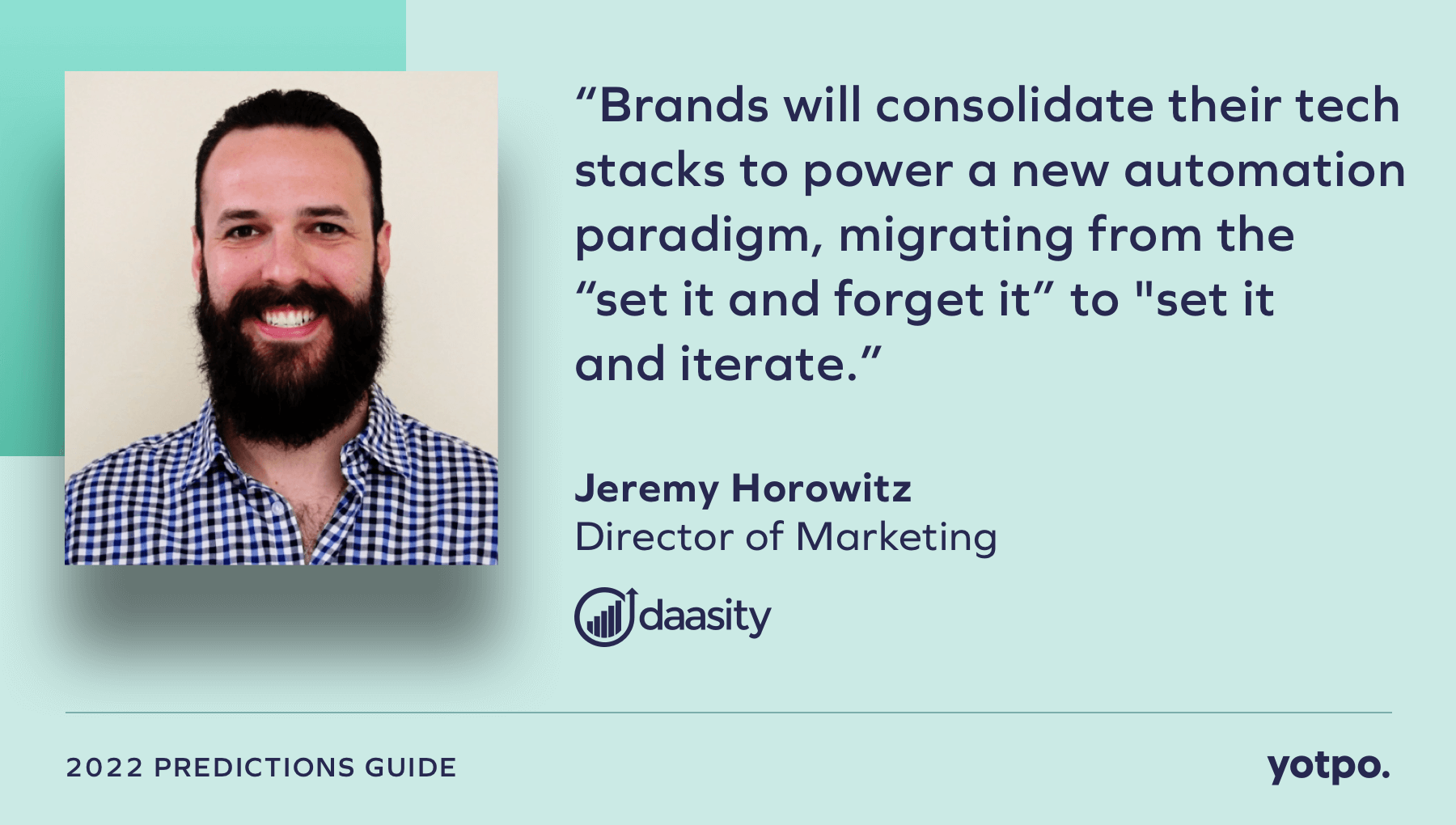
According to a recent Hubspot survey, 82% of marketers are losing hours a week due to managing different technologies, 75% of marketers spend up to an hour a day analyzing data and connecting reports from different marketing tools, and a majority of respondents report 1-5 of the tools they use have redundant capabilities. And, nearly 60% of marketing teams spend up to 10% of their budget to integrate, maintain, and manage their various tools.
“A bad experience is a disruption in a shoppers’ day,” says Theresa Reed, VP of Sales and Partnerships, BVA. “And it’s caused by disconnected data that’s siloed in point solutions.”
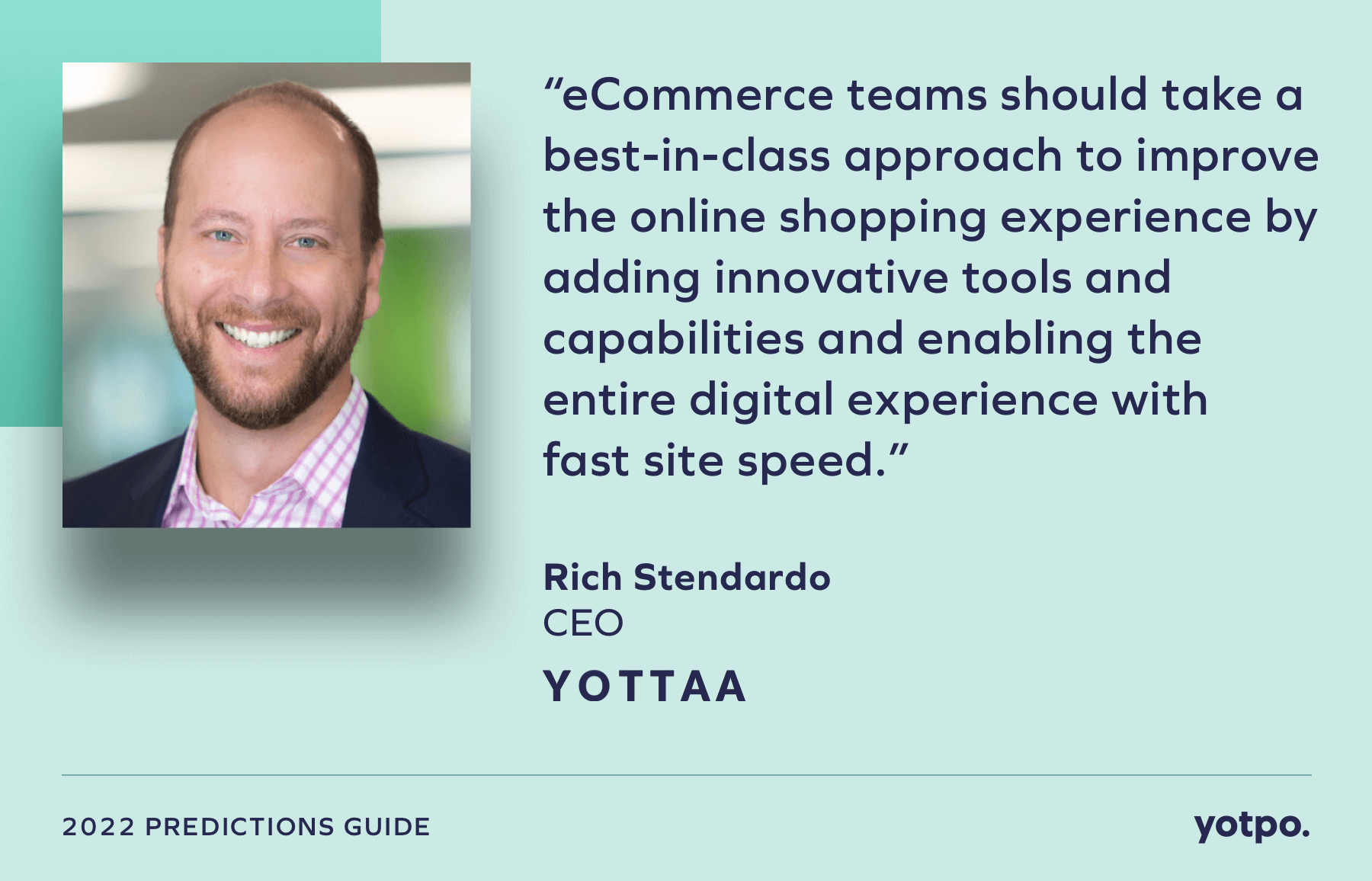
While point solutions are helpful on their own, they often don’t take into account a brand’s growth — and they take focus away from the bottom line. In 2022, brands will invest in eCommerce marketing platforms, to better enable growth from the get-go. A platform can provide all the marketing solutions your brand needs currently, as well as the solutions you’ll likely need in the future, all from one single source, with integrated data and synergies between them.
“As more brands grow to new scales, they will centralize their tech stack around best in class tools that provide holistic customer data that’s easily actionable,” says Jeremy Horowitz, Director of Marketing, Daasity. “Brands will consolidate functionality around those core tools that provide the most access to customer data to power more automations and unlock new sales opportunities.”
“CDPs are the secret weapon for personalization and growth,” says Brian Walker, Chief Strategy Officer at Bloomreach. Whether it’s a CDP or a platform, access to consolidated data enables brands to leverage a single source of truth for holistic customer data. That means data points collected via reviews (sentiment), data collected via loyalty program (behavior), data collected via SMS marketing (engagement), and more, are all integrated to provide one comprehensive view of a customer.
All of this data in one place enables brands to bypass third-party data limitations; with a platform, brands can leverage cross-product data to optimize more integrated information and build more personalized campaigns.
To learn more about how Yotpo can optimize your eCommerce marketing through our solutions for SMS marketing, loyalty & referrals, reviews & ratings, and visual user-generated content, request a demo.






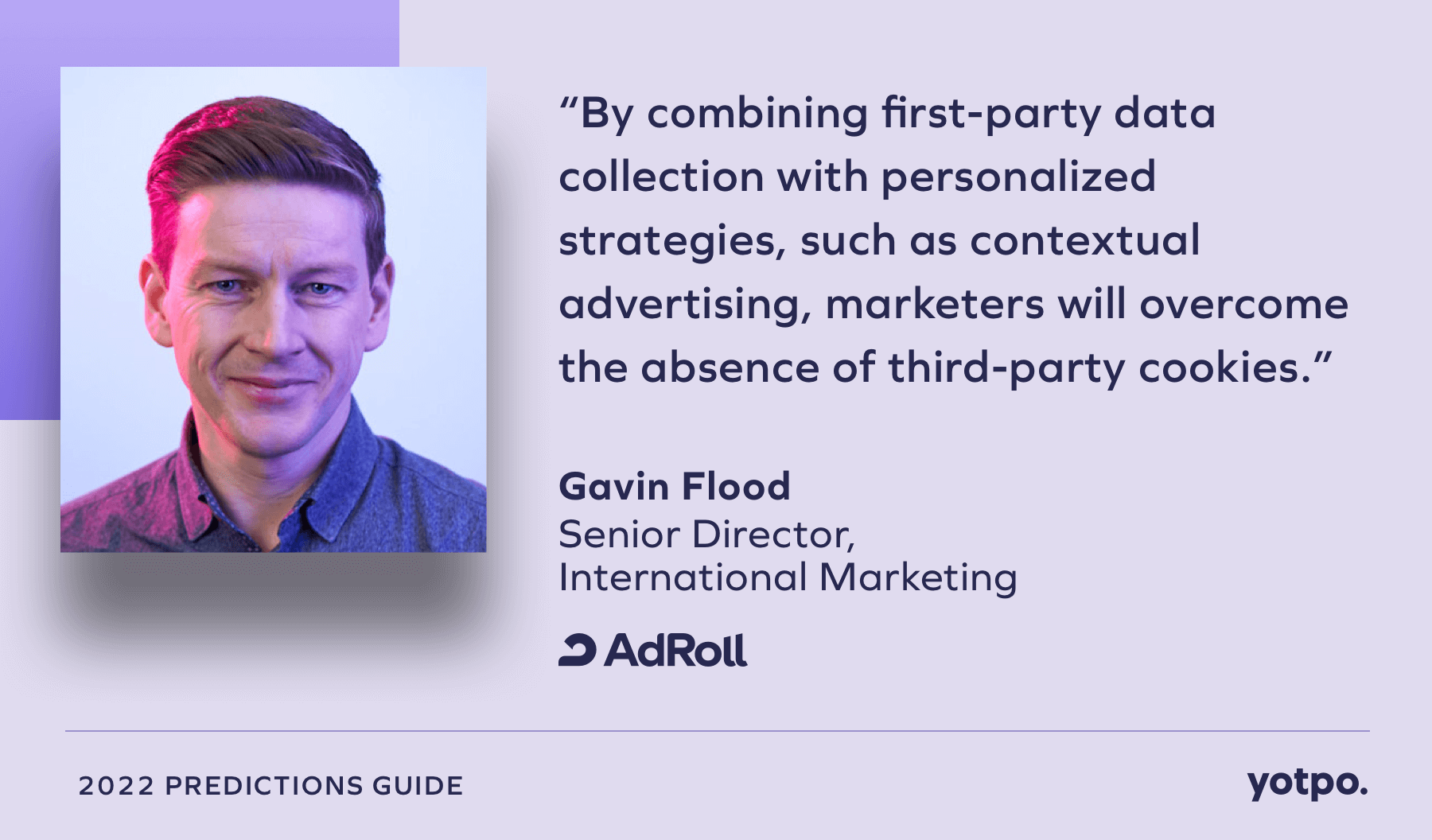
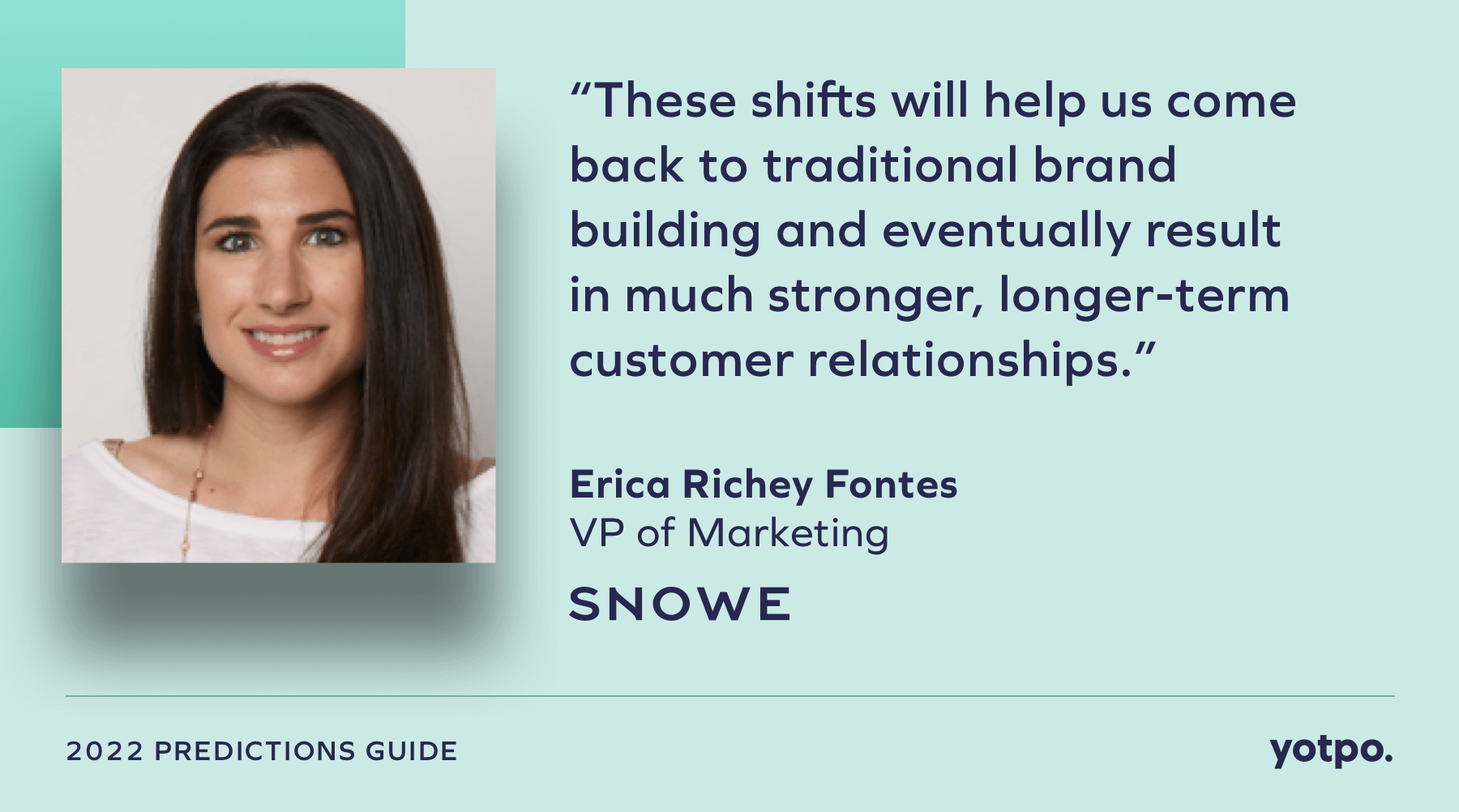
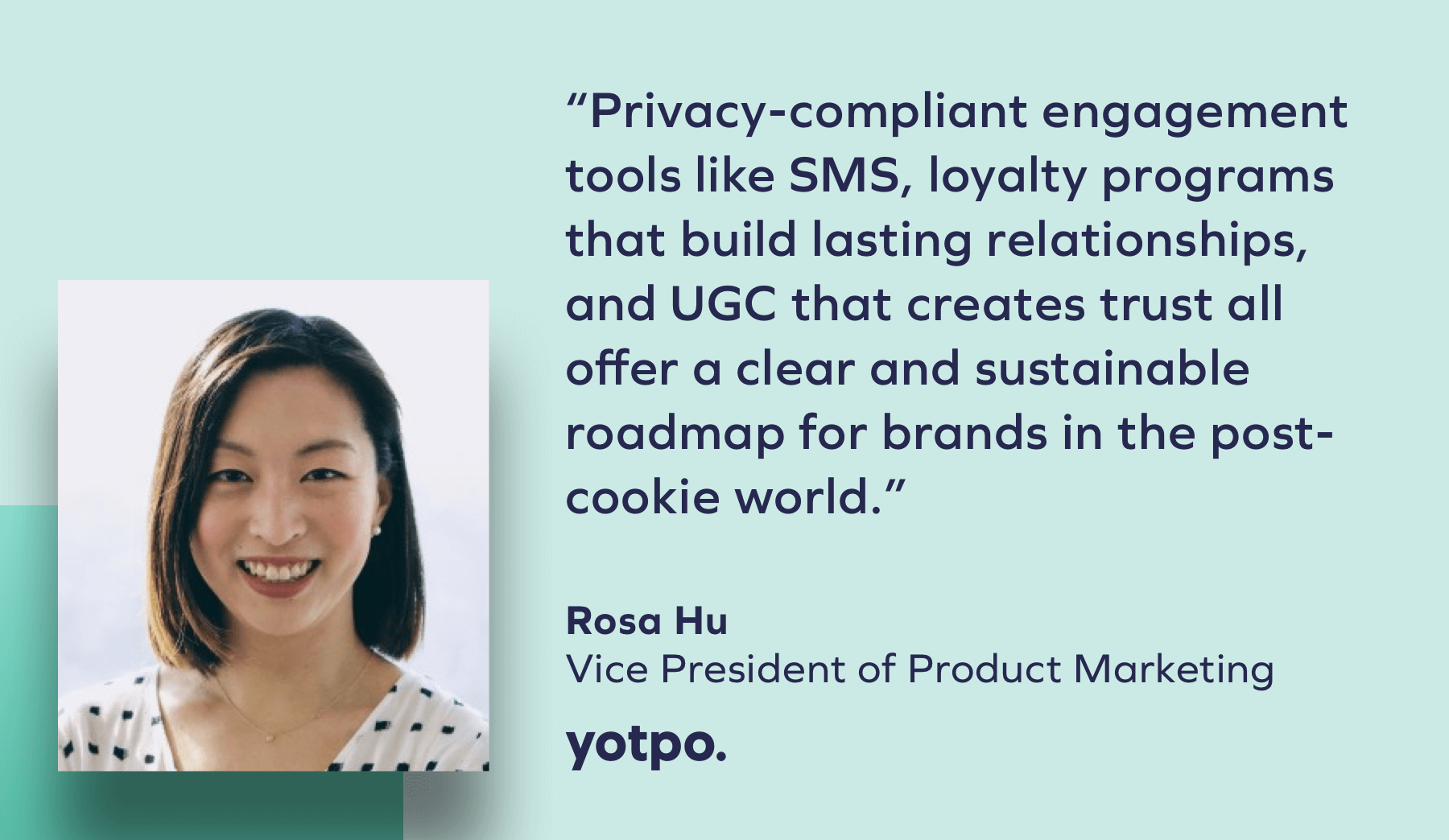

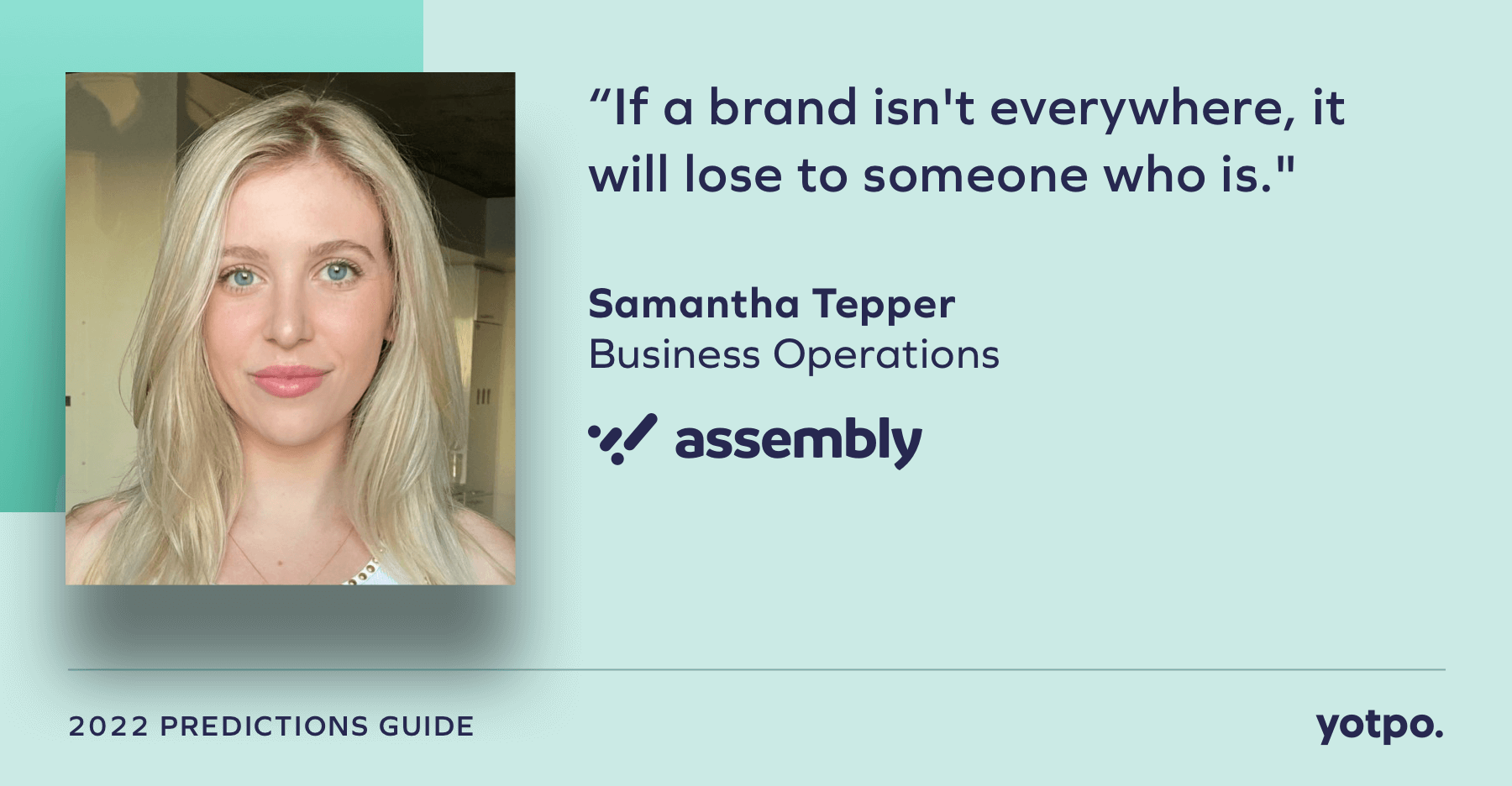
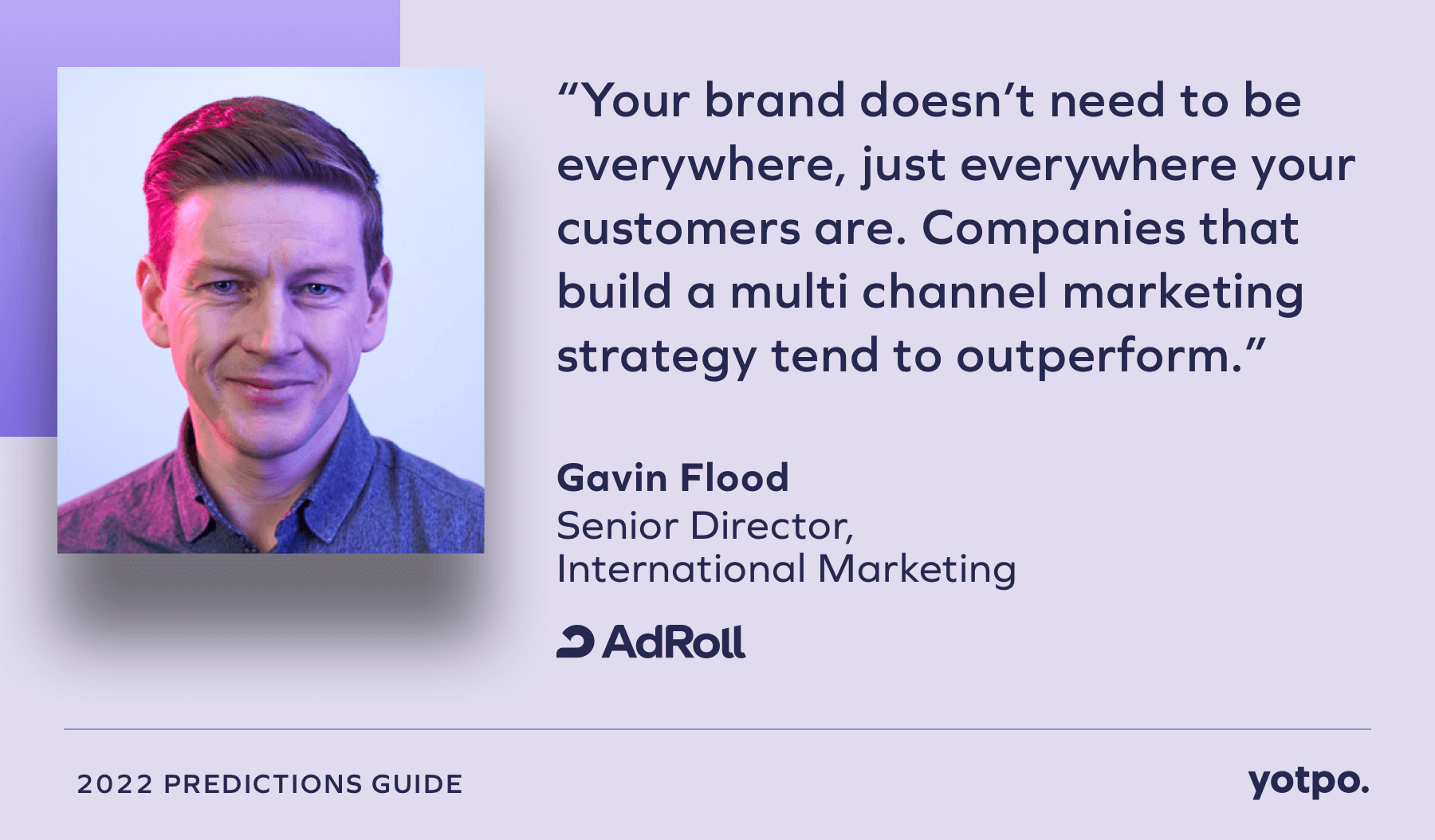
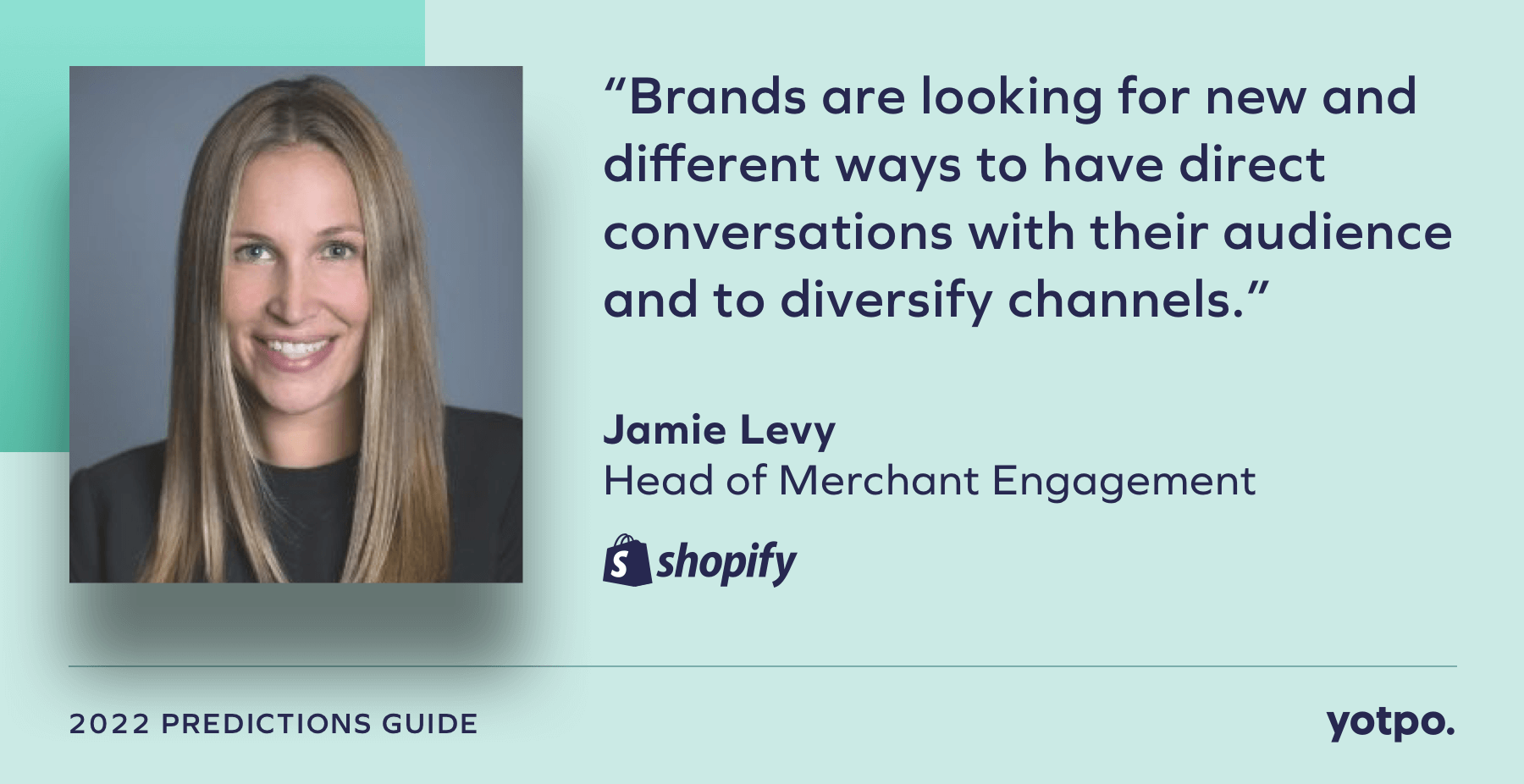
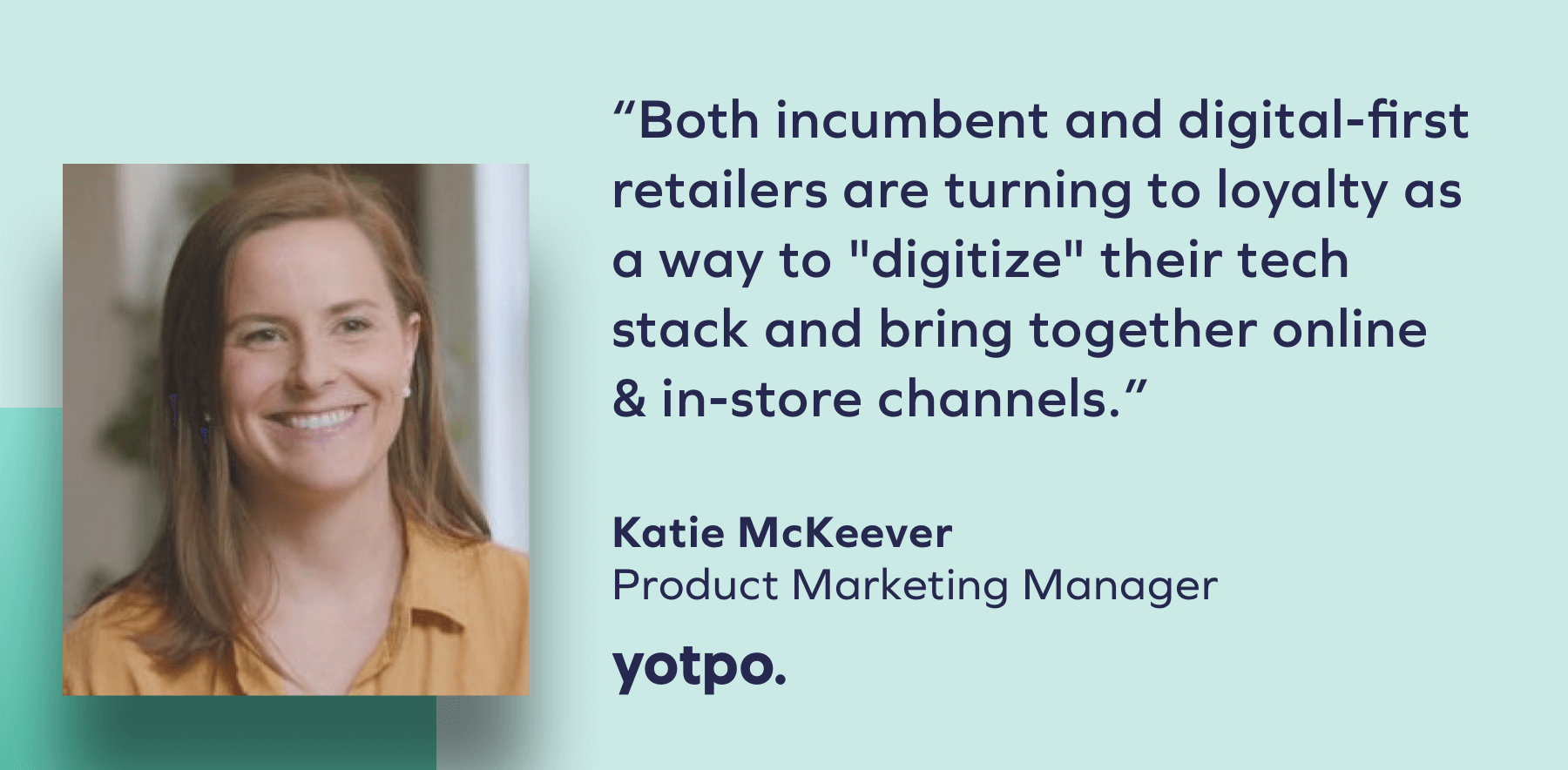

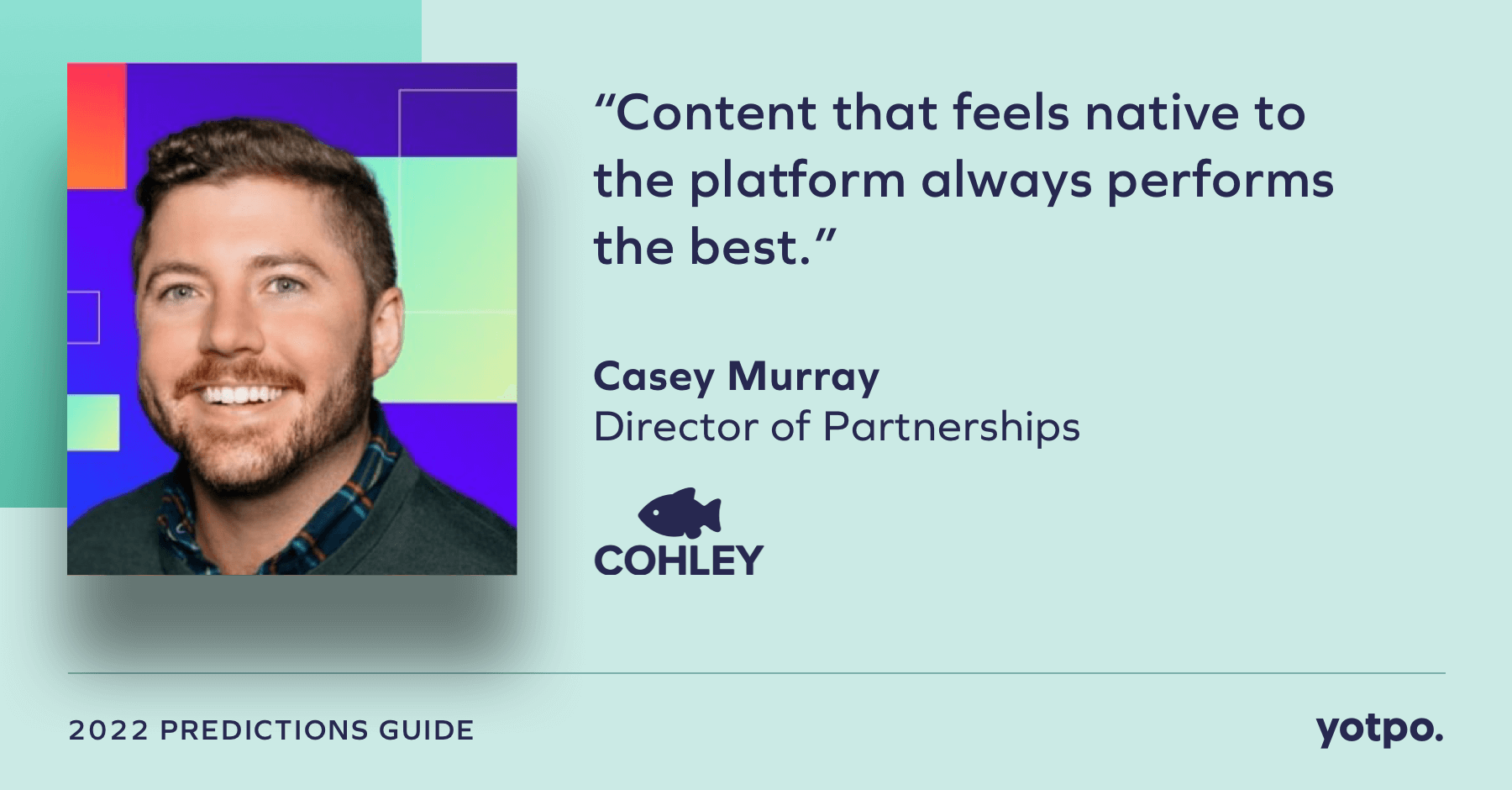
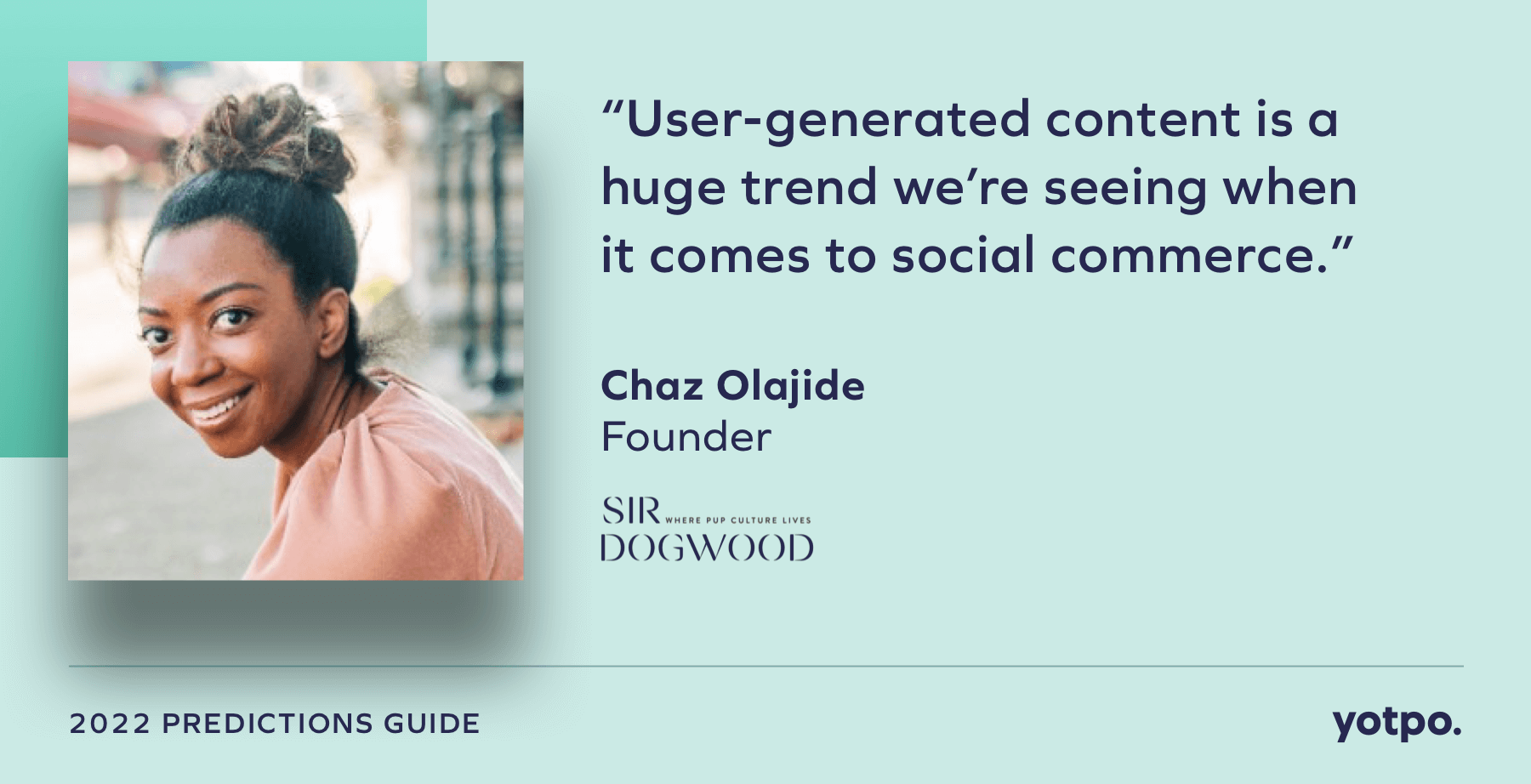

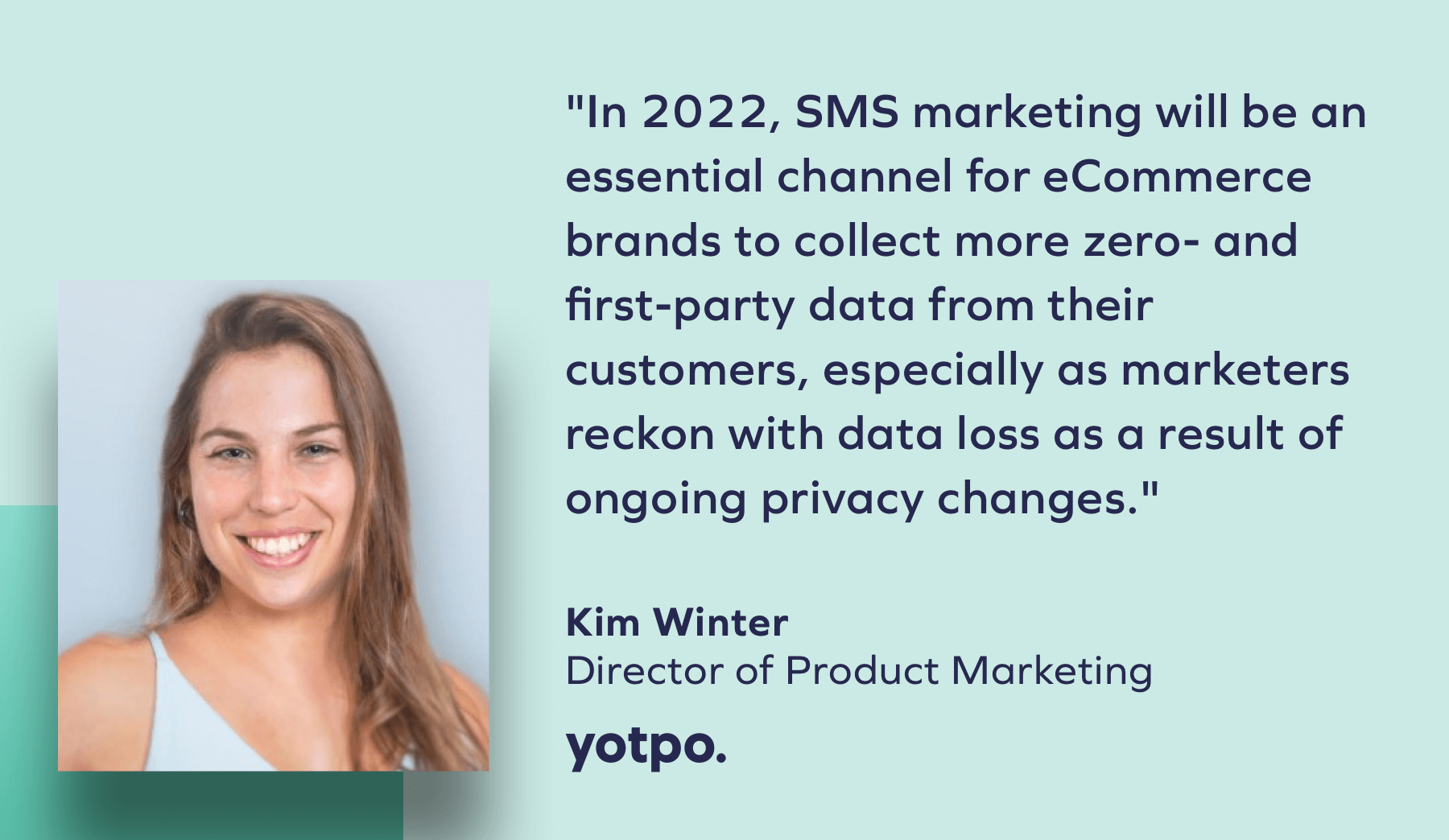
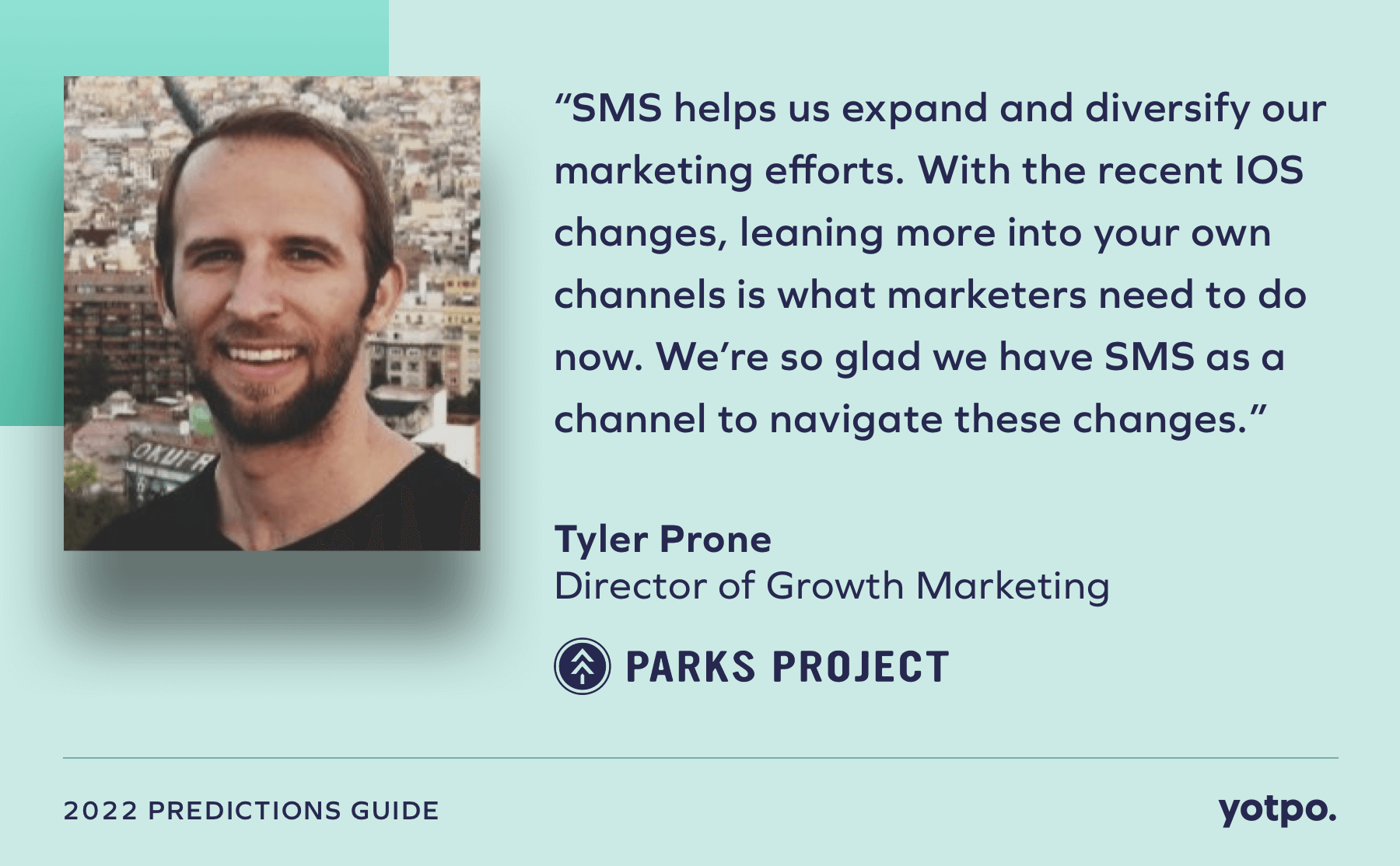
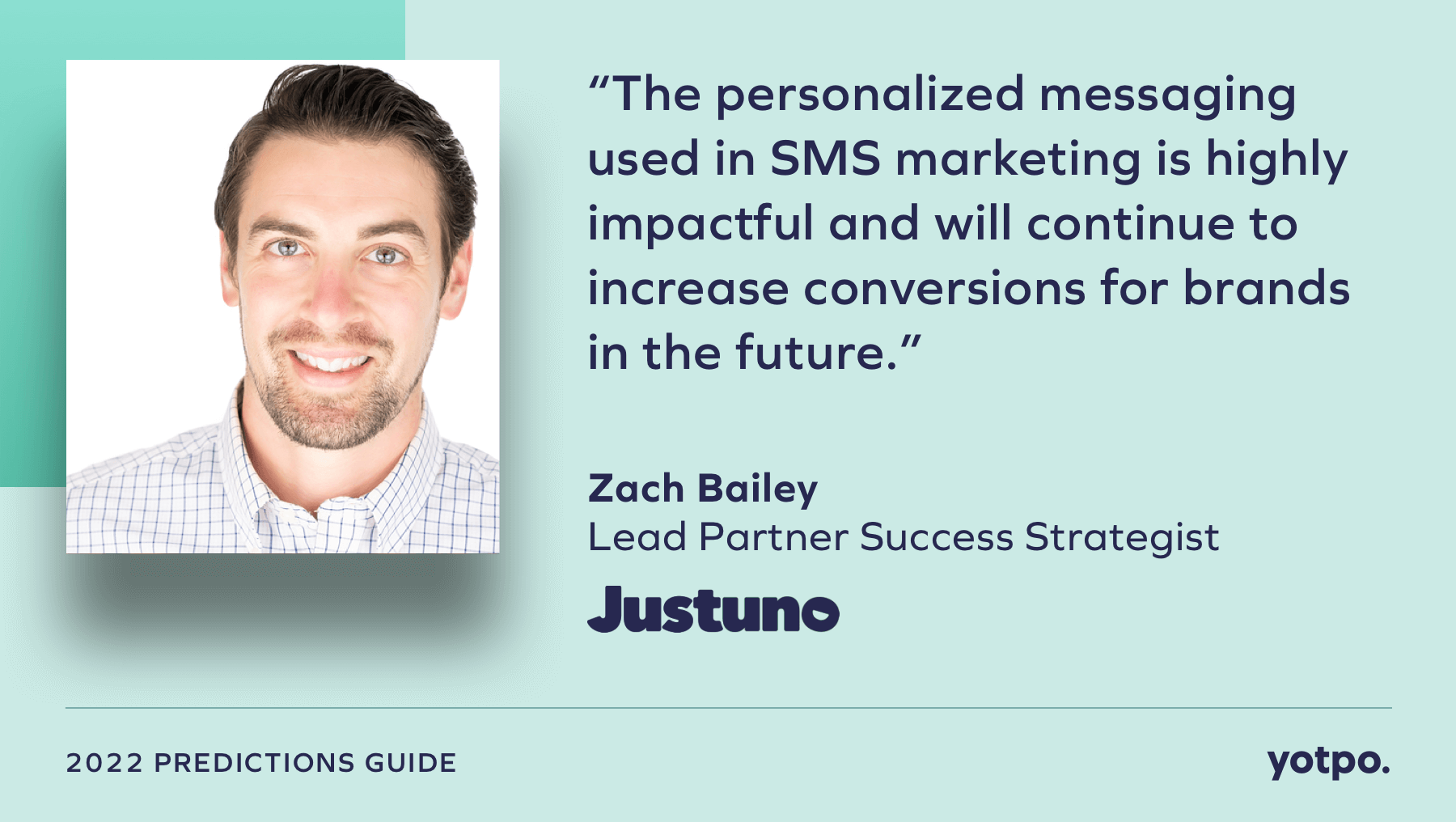

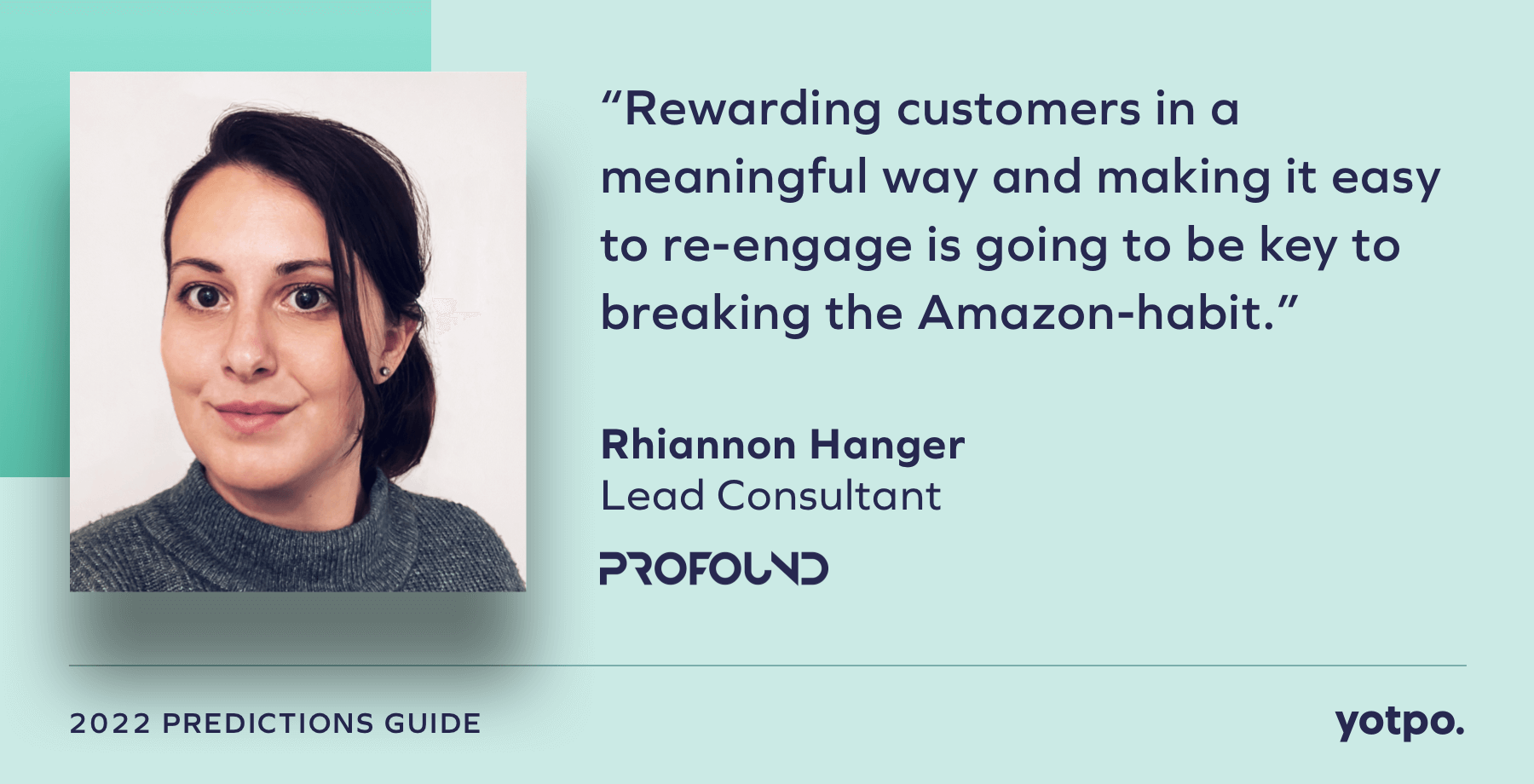
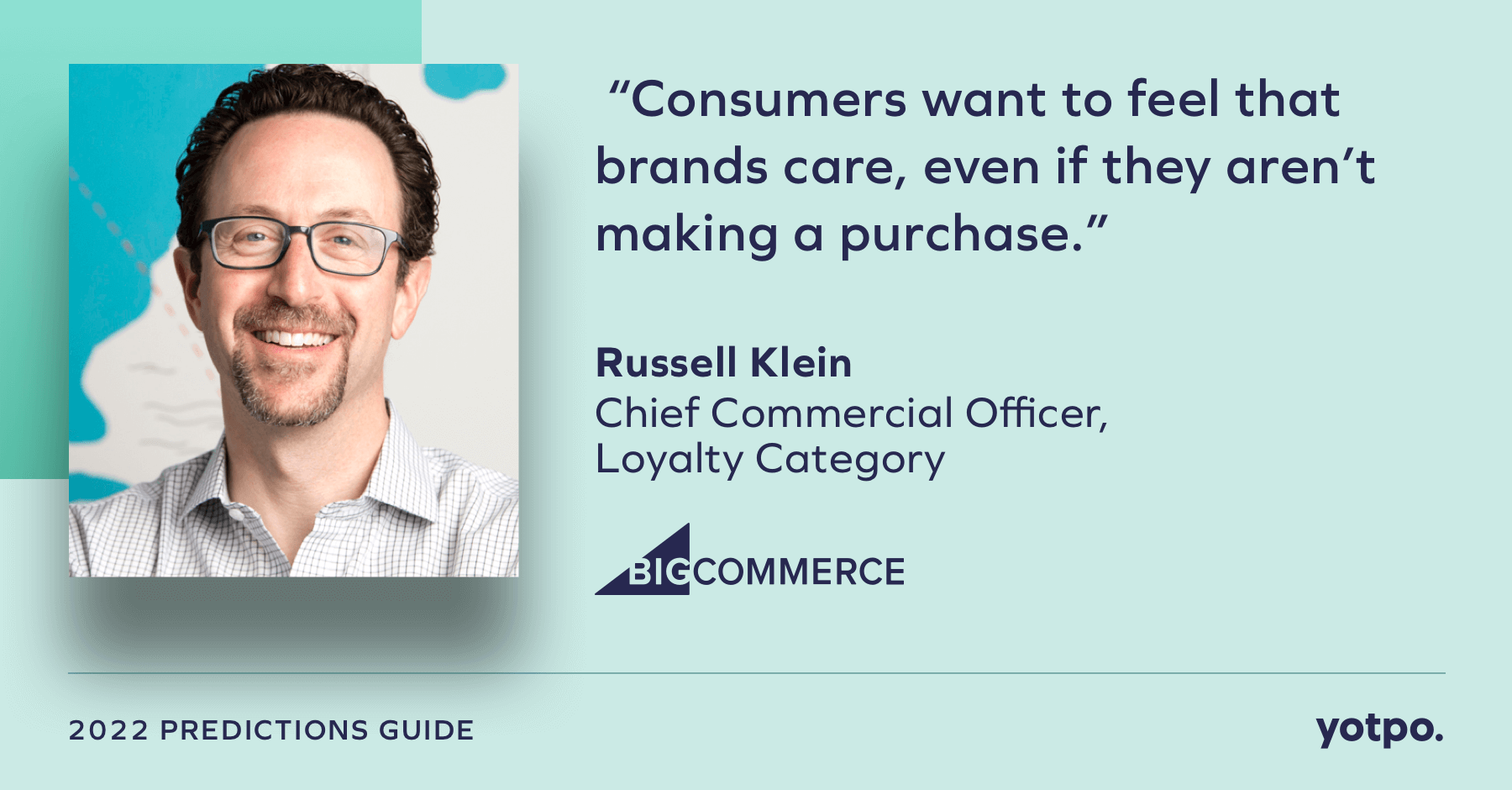
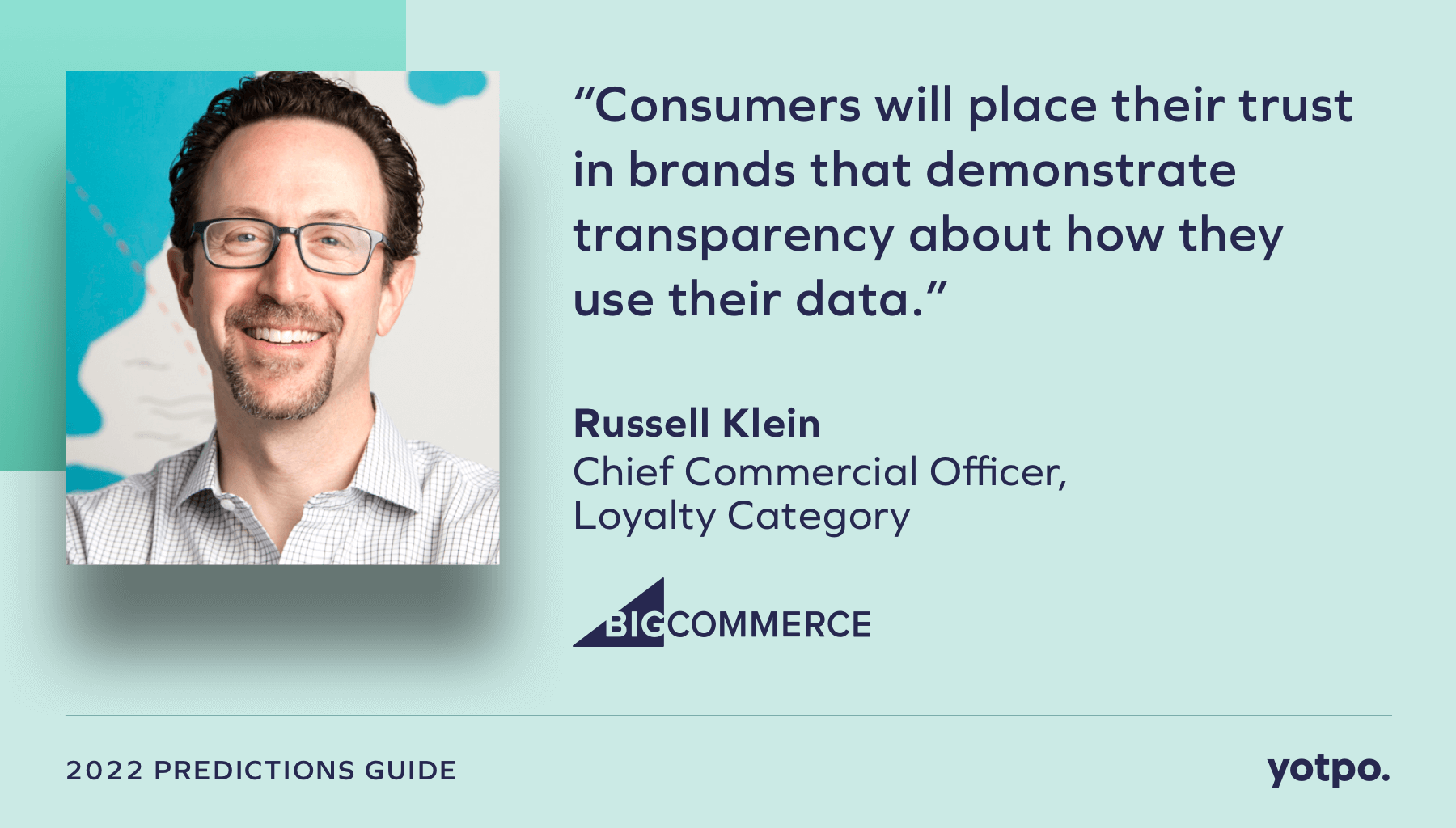
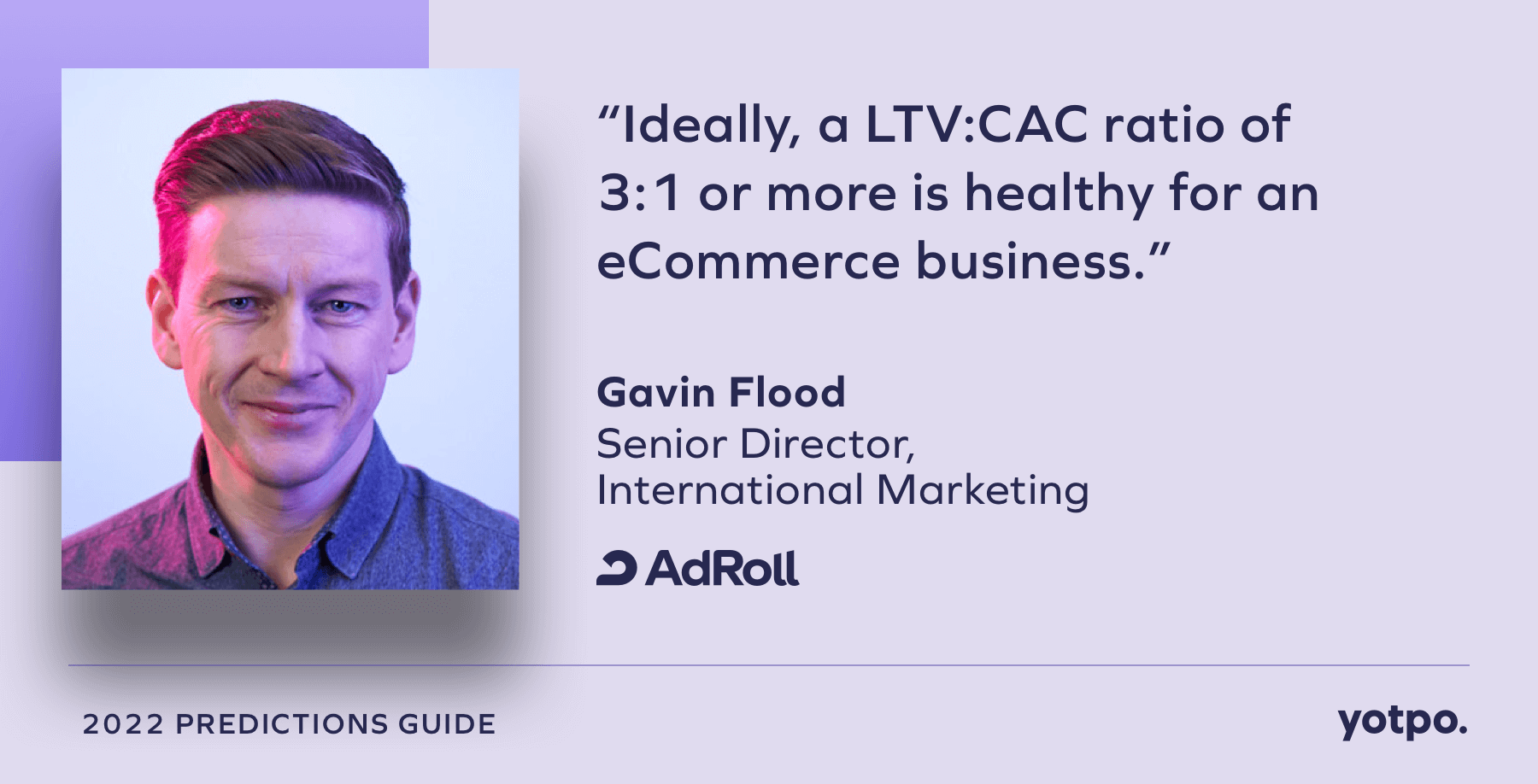

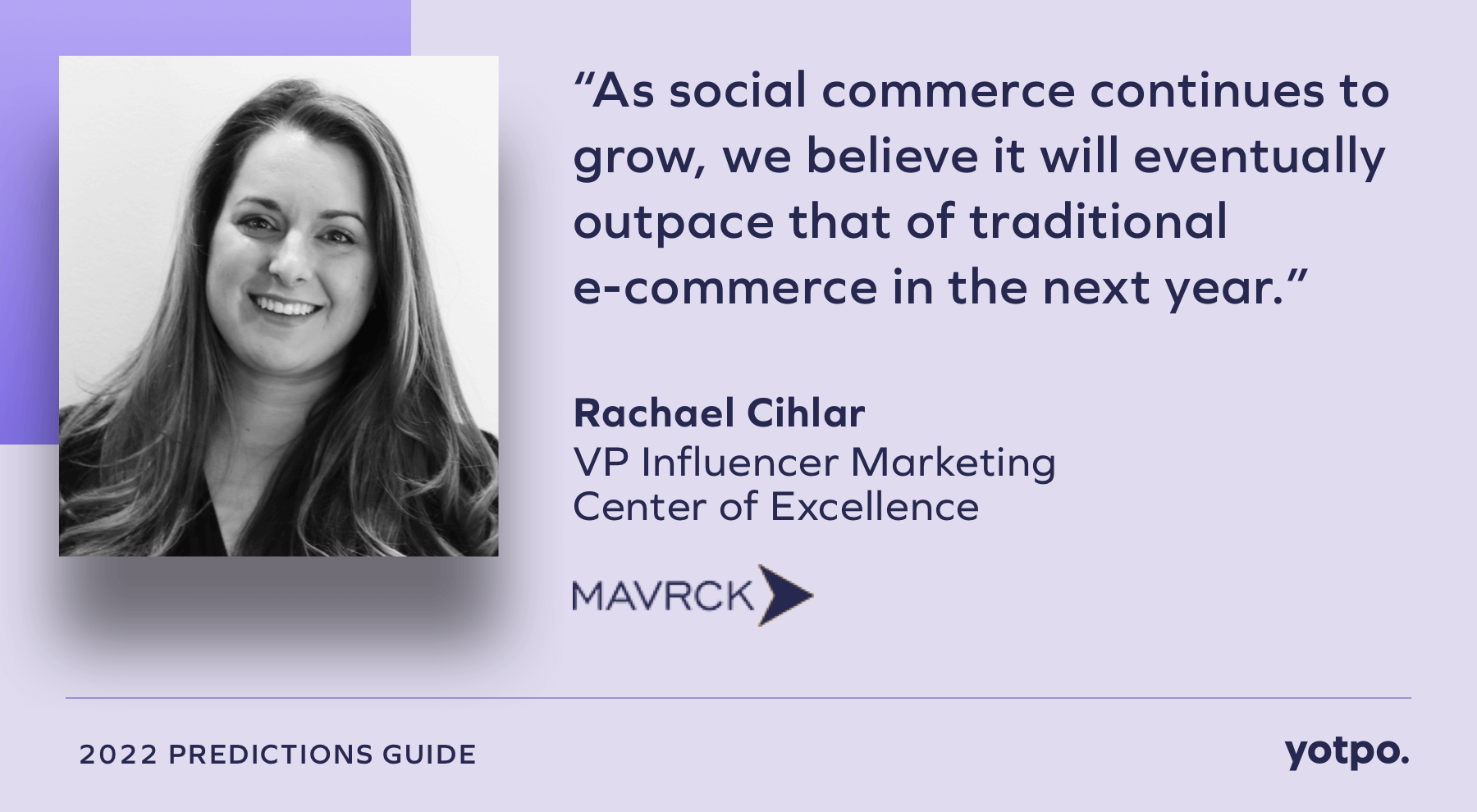

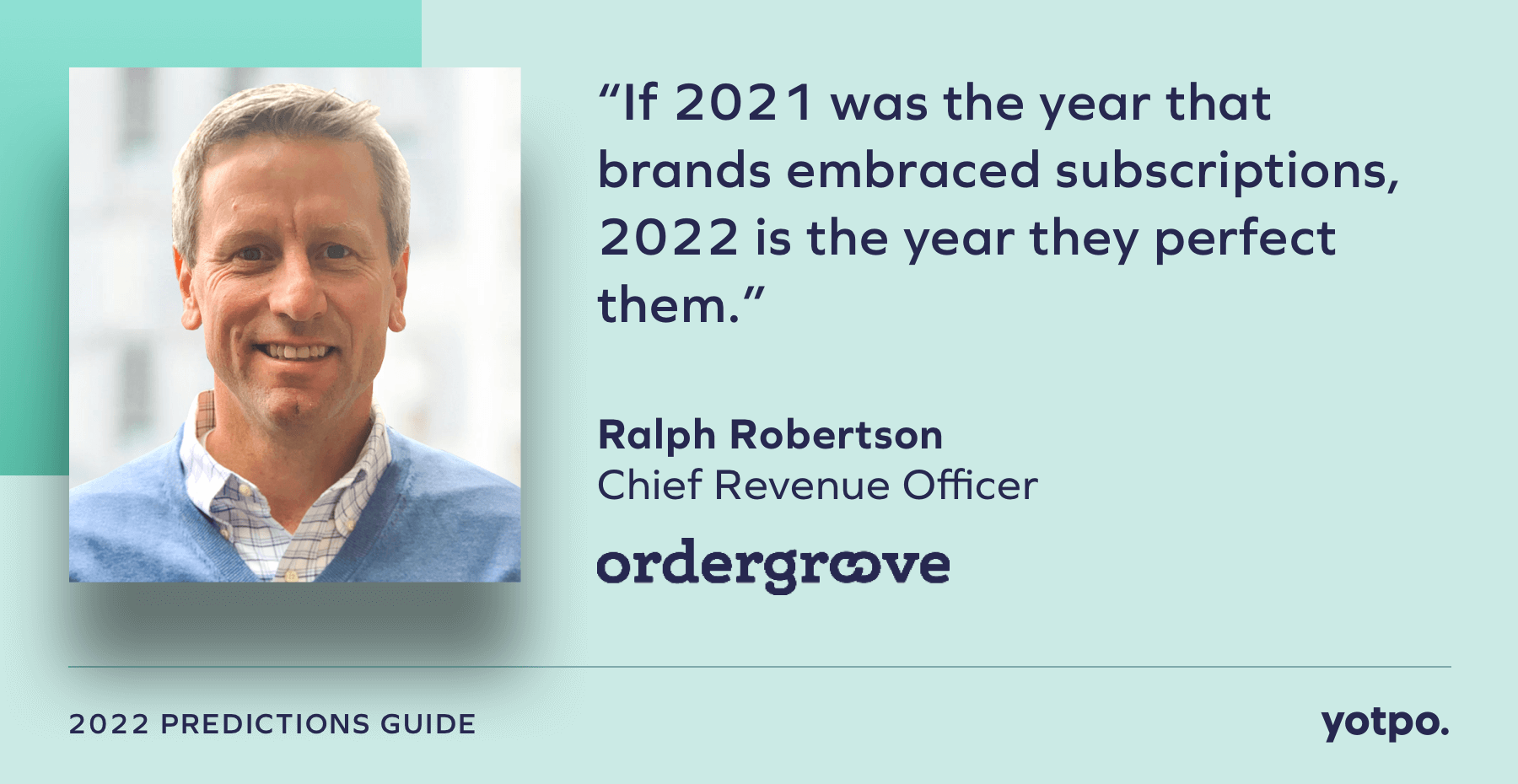
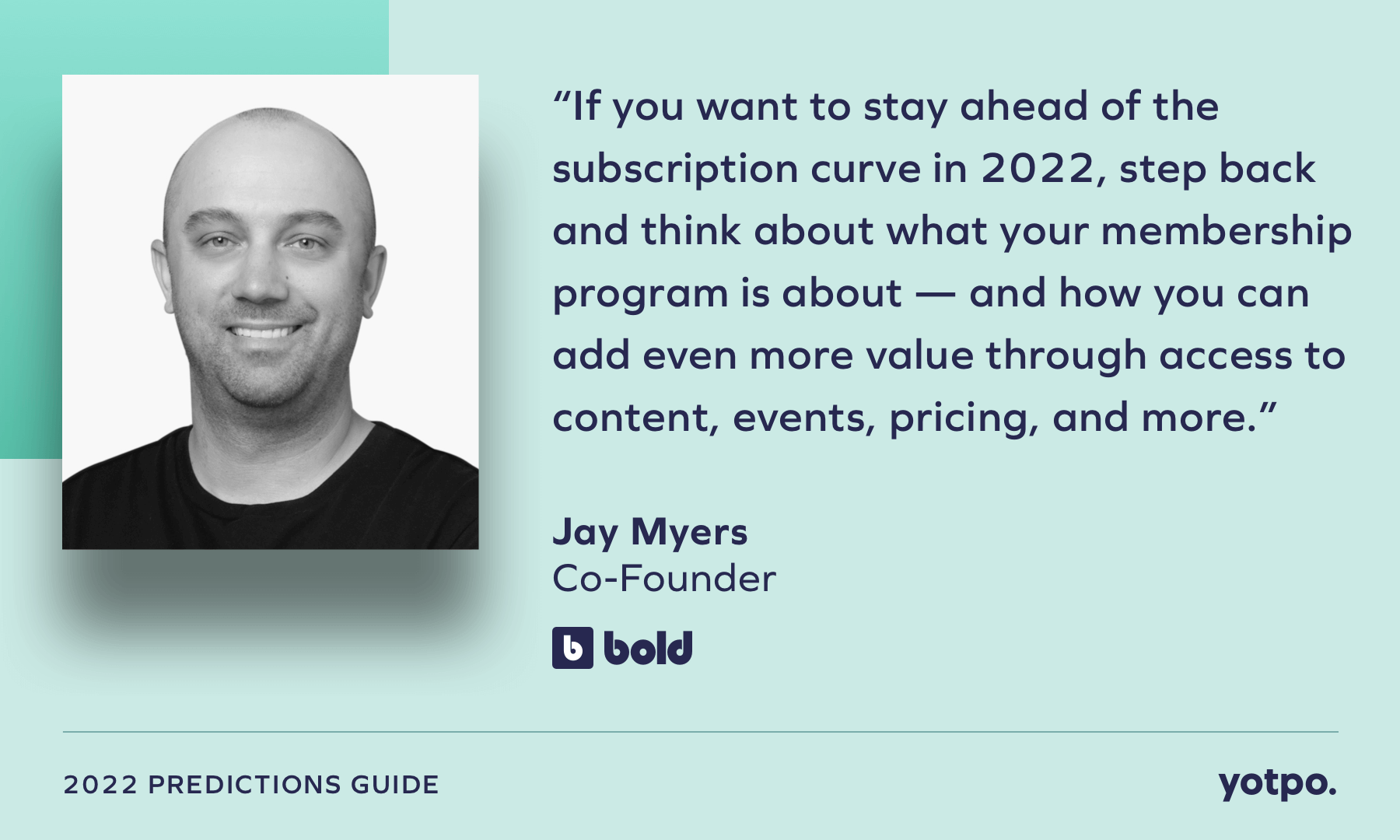

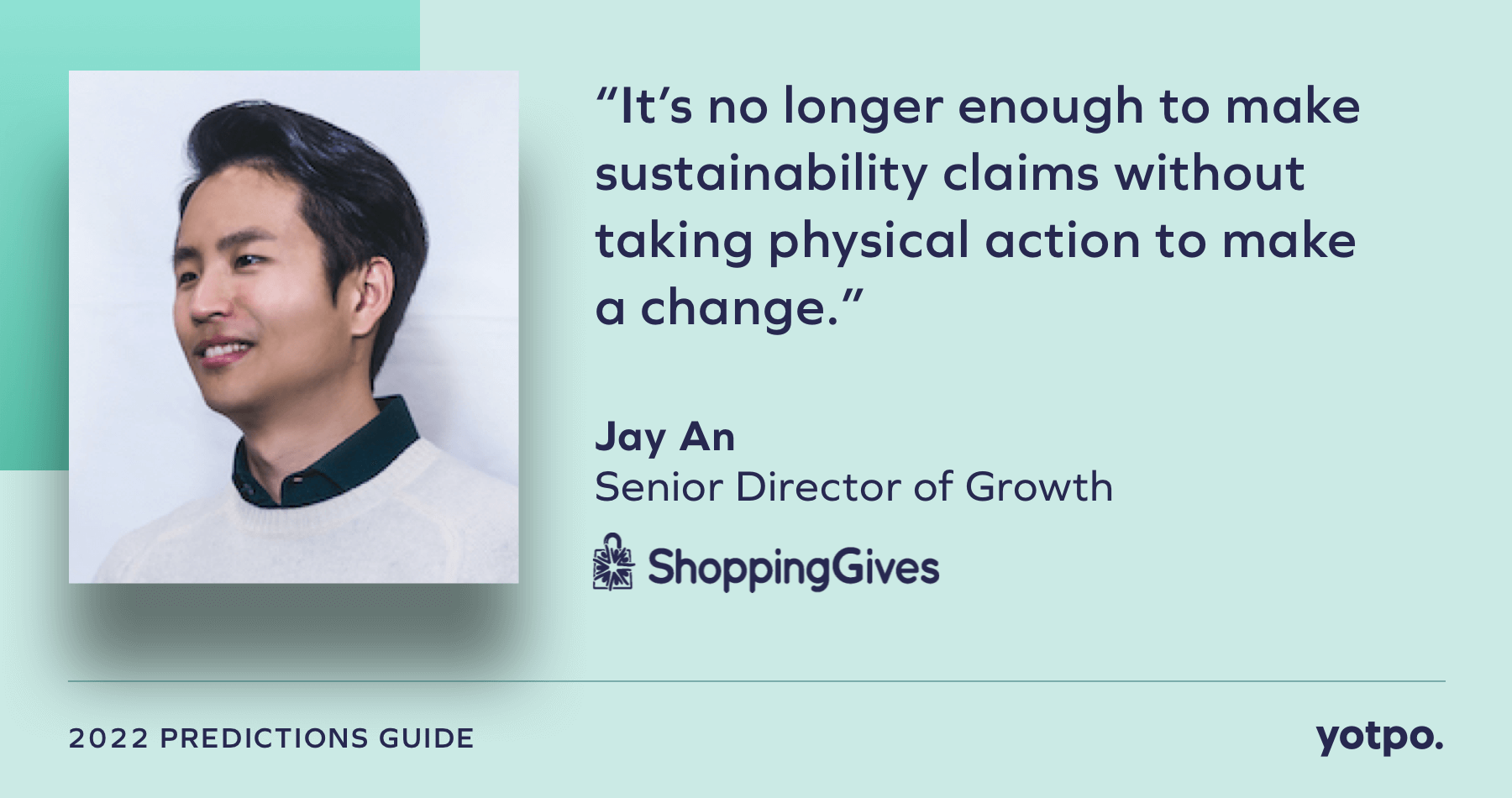
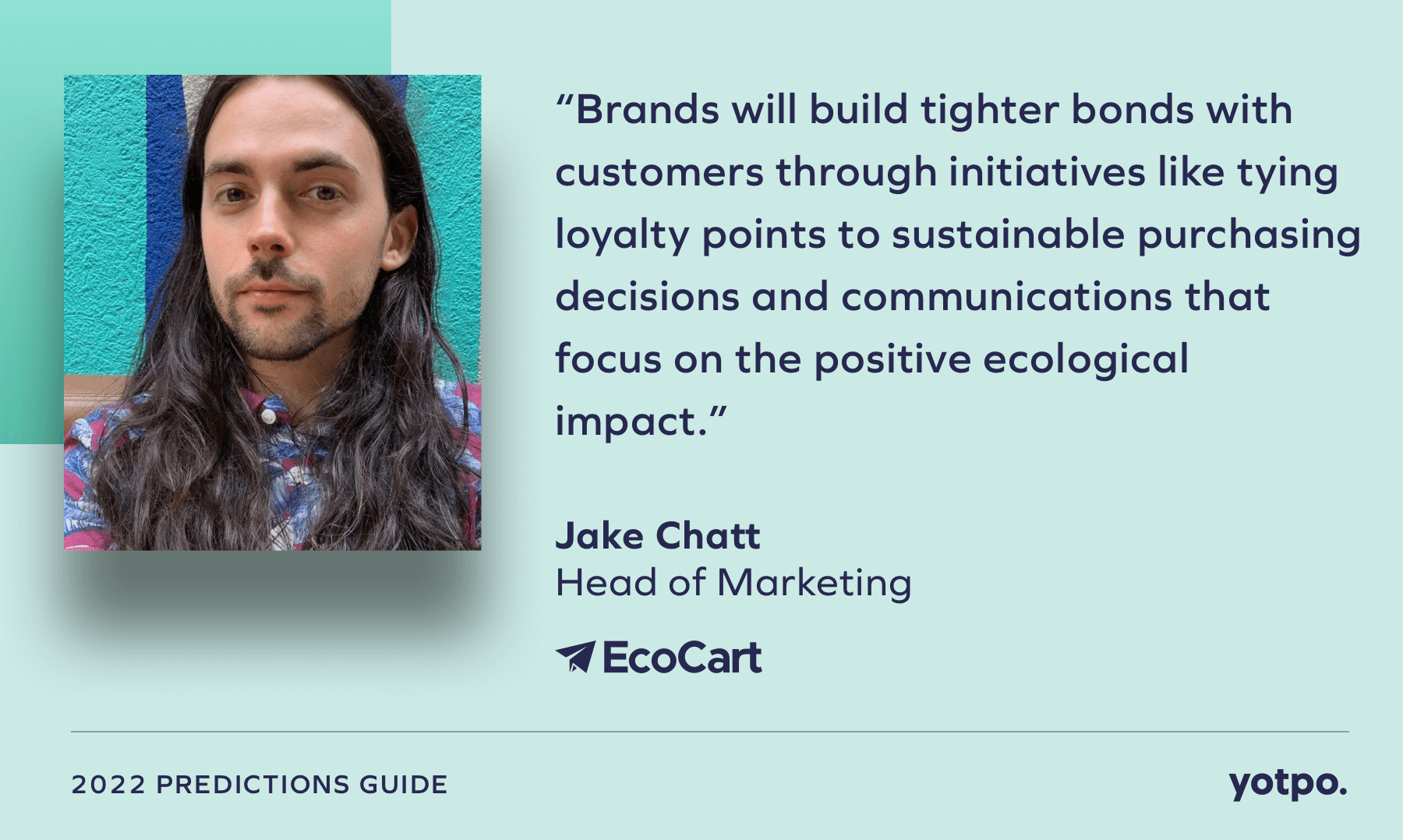















 Join a free demo, personalized to fit your needs
Join a free demo, personalized to fit your needs